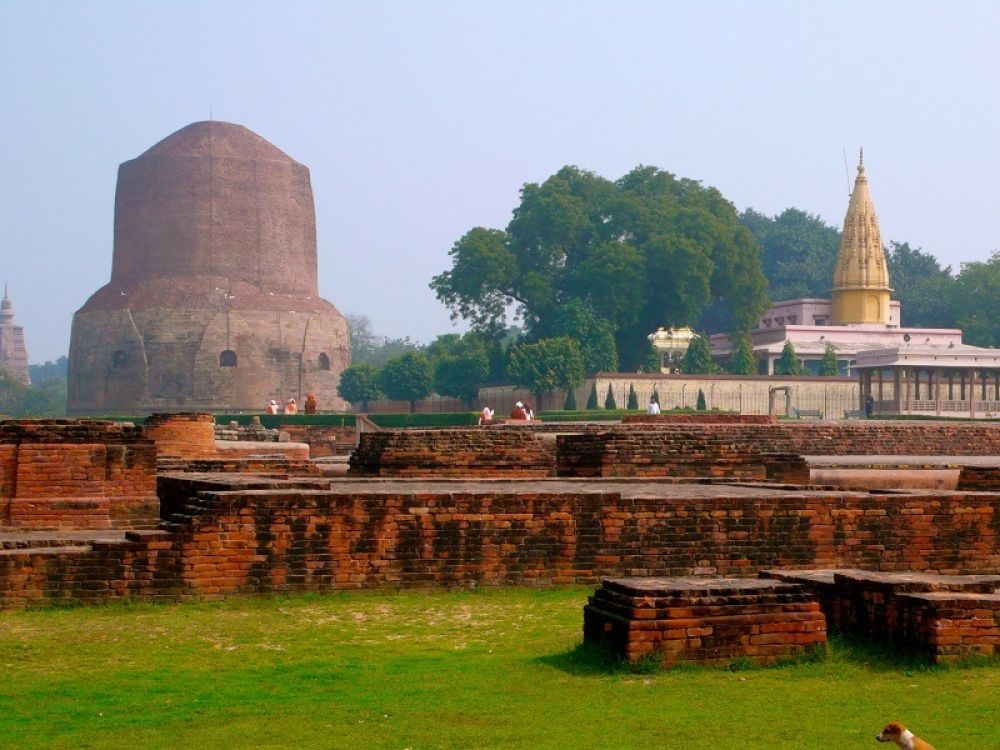Sarnath is easily accessible by road from the city of Varanasi, which is well-connected by air, railway, and road to major cities in India. From Varanasi, one can hire a taxi, auto-rickshaw, or catch a local bus to reach Sarnath, which is approximately 10 kilometers away.

